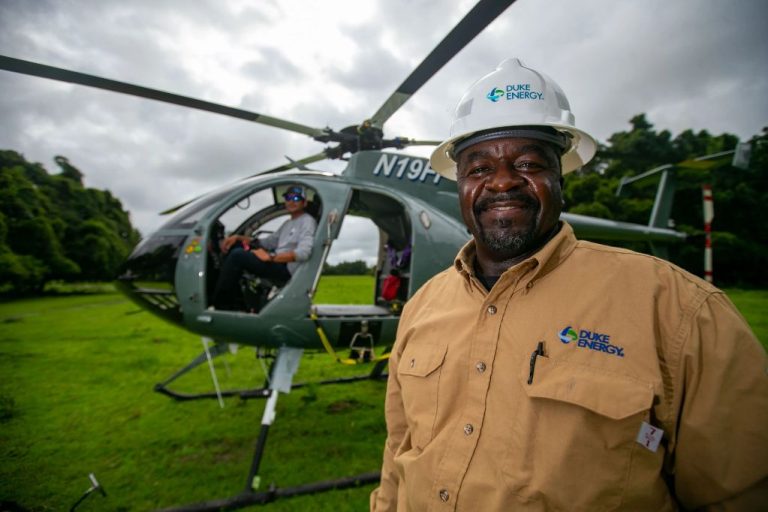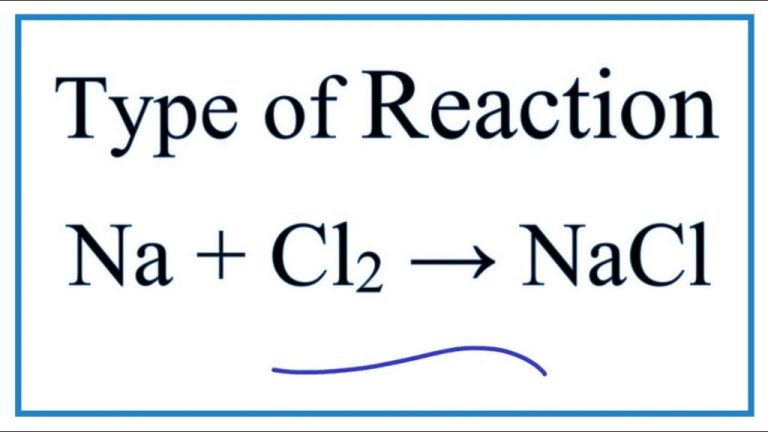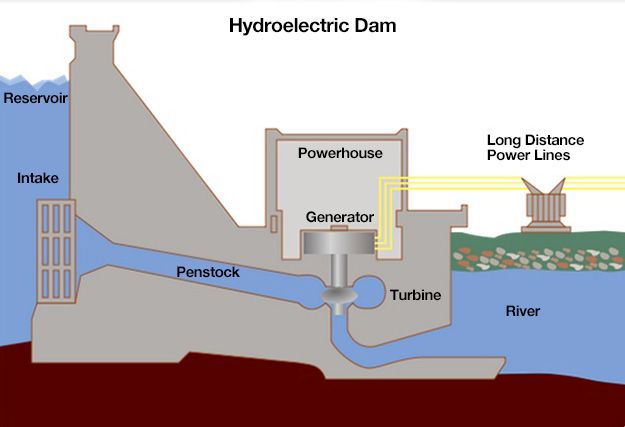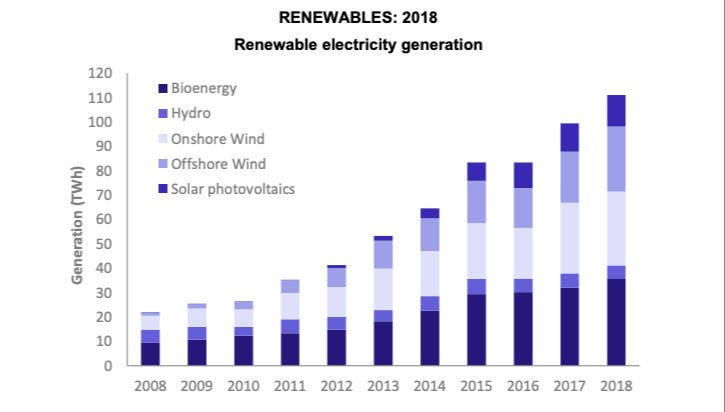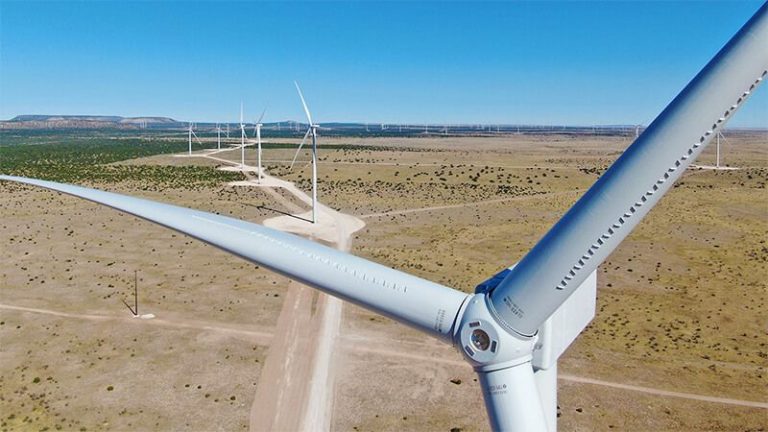Can The Us Go 100% Renewable?
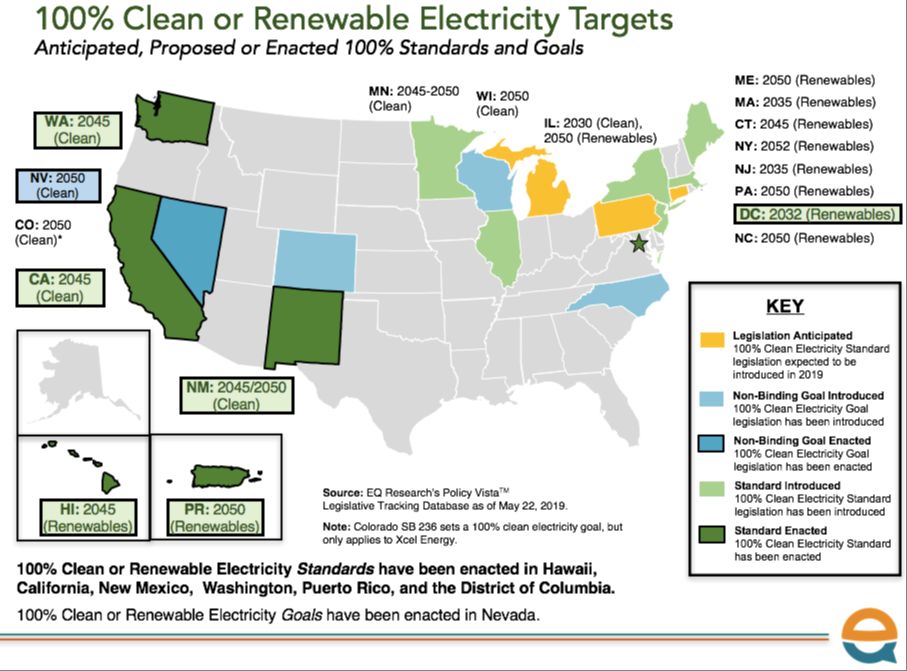
The question of whether the US can transition to 100% renewable energy is an important one. With the threats of climate change and dependence on fossil fuels looming, transforming the energy system to entirely renewable sources has gained significant interest. However, reimagining an energy system as large and complex as that of the United States requires substantial changes to infrastructure, policies, regulations, and more. This article will analyze the technical potential, grid reliability, storage, transmission, electrification, policy frameworks, and costs associated with achieving 100% renewable energy in the US. While the scale of the transition presents notable challenges, evidence suggests that with the right strategies, investments, and political will, the US can overhaul its energy systems to run entirely on renewable sources like wind, solar, hydropower, geothermal, and biomass.
Current Renewable Energy Use
In 2021, renewables accounted for about 13.1% of total U.S. energy consumption and about 21.3% of electricity generation, according to the U.S. Energy Information Administration (EIA). The main renewable energy sources used in the U.S. are:
- Hydropower – 6.0% of electricity generation (EIA)
- Wind – 10.3% of electricity generation (EIA)
- Solar – 3.4% of electricity generation (EIA)
- Biofuels/Biomass – 5.1% of total energy consumption (EIA)
Other renewables like geothermal and tidal only account for a small fraction of total generation. So hydropower, wind and solar make up the bulk of renewable energy use in the U.S. currently.
Technical Potential
The total renewable generation potential in the United States is enormous. According to a 2012 study by the National Renewable Energy Laboratory (NREL), the technical potential for renewable electricity generation is over 80,000 terawatt-hours per year, with solar PV and concentrated solar power (CSP) contributing the largest share at 32,800 TWh/yr and 7,700 TWh/yr respectively. Wind could generate another 53,700 TWh/yr and hydroelectric power could generate another 3,900 TWh/yr. In 2018, total US electricity generation was 4,200 TWh so there is more than enough technical potential from renewables to meet current and future demand. [1]
Grid Reliability
The integration of high levels of variable renewable energy sources like wind and solar poses reliability challenges for the electric grid. The intermittent and variable nature of these resources requires grid operators to balance supply and demand in real-time [1]. Large-scale renewables penetration can lead to over-generation when renewable output is high but demand is low. Alternatively, when renewable output drops suddenly but demand stays high, the grid can experience shortages [2].
To enable high renewable energy penetrations of up to 100%, significant upgrades would be needed to make the grid more flexible and resilient. This includes modernizing the transmission system to handle bidirectional power flows, increasing grid monitoring capabilities, incentivizing flexible generation and load, expanding energy storage, and improving weather forecasting for renewable output [3]. With sufficient infrastructure investment and emerging technologies, a reliable 100% renewable grid is technically feasible but would require complex coordination between grid operators, utilities, regulators and consumers.
Storage
Energy storage technologies like batteries and pumped hydro energy storage can play a vital role in enabling 100% renewable electricity by addressing the intermittency of wind and solar power (Castillo, 2014). Large-scale storage can store excess renewable energy when supply exceeds demand and discharge when renewable output is low, helping to balance the grid.
Pumped hydro is currently the predominant grid-scale energy storage technology, accounting for over 90% of storage capacity globally (IEE, n.d.). However, batteries are becoming increasingly cost-competitive, with lithium-ion batteries seeing dramatic cost declines. Grid-scale batteries can provide fast response times to smooth out short-term fluctuations in renewable supply and demand.
Further advancements and deployment of storage technologies will be crucial for managing high penetrations of renewables. Most studies suggest the U.S. would need hundreds of gigawatts of additional storage to reach 100% renewable electricity.
Transmission
One major challenge with scaling renewable energy nationally is the need to expand and upgrade transmission infrastructure. Many of the best renewable energy resources are located in remote areas, like solar farms in the desert Southwest or wind farms in the Great Plains. However, most electricity demand and population centers are located far from these optimal renewable generation sites.
To tap the full potential of renewables, large high-voltage direct current (HVDC) transmission lines must be built to connect renewable energy sites with major load centers. This is similar to how fossil fuel power plants are connected to cities and towns via transmission lines. Building out a nationwide HVDC transmission network will be a massive undertaking, spanning thousands of miles across the country.
Expanding transmission will allow optimal renewable energy sites to be built in the best locations, rather than only where transmission already exists. It also allows renewable energy to be shared across wider geographic regions, balancing generation and demand. However, transmission projects often face regulatory, permitting, and cost challenges that must be addressed. Overall, transmission is a critical enabling infrastructure that will allow the renewable revolution to scale nationwide.
Electrification
One way to increase renewable energy usage is to electrify sectors that currently rely on fossil fuels, like transportation and heating. Electrification involves switching from using fossil fuels like gasoline and natural gas to using electricity from renewable sources.
In the transportation sector, this would mean transitioning from gasoline-powered vehicles to electric vehicles charged with renewable electricity. Electric vehicles are already becoming more popular, and with improved battery technology they have the potential to displace gasoline-powered cars. Policies that encourage electric vehicle adoption, like purchase incentives and charging infrastructure development, can accelerate this transition.
For heating buildings, switching from natural gas furnaces and boilers to electric heat pumps powered by renewable energy is another opportunity. Heat pumps are much more energy efficient than combustion-based heating systems. Transitioning buildings to run on renewable electricity instead of fossil fuels will be key for decarbonization.
Full electrification of transportation and heating will require major infrastructure changes and technological improvements. But with supportive policies and continued renewable energy growth, electrification can help transition large parts of the economy away from fossil fuels and towards 100% renewable energy.
Policy
Achieving 100% renewable energy in the US will require significant policy changes at the federal, state, and local levels. Some of the key policies that can help drive this transition include:
Clean Energy Standards: These policies require electric utilities to gradually increase the amount of electricity they generate from renewable sources like wind and solar. Many states have enacted their own clean energy standards but a federal standard could help drive renewable growth nationwide.
Carbon Pricing: Putting a price on carbon emissions through a tax or cap-and-trade system incentivizes the market to shift away from fossil fuels and toward clean energy. Carbon pricing makes renewables more cost-competitive and can generate revenue to support the transition.
Subsidies: Tax credits, rebates, and other incentives can make it cheaper for homeowners, businesses, and utilities to invest in renewable energy systems. Extending federal tax credits for wind and solar could provide a big boost.
Local policies like streamlining renewable permitting processes and enacting solar access laws are also important. Comprehensive federal, state, and local policy shifts will likely be needed for the US to reach 100% renewable energy. The political feasibility of such policies remains a major challenge.
Costs
Transitioning the U.S. electricity system to 100% renewable energy would require significant investment, but could potentially reduce overall costs in the long run. Total system costs depend on the renewable technologies used, required transmission investments, and integration solutions.
According to studies by the National Renewable Energy Laboratory, the wholesale cost of electricity from a 100% renewable grid in the U.S. could range from $47 to $70 per megawatt-hour in 2050, comparable to projected costs for electricity from fossil fuels.
While wind and solar have become cost-competitive with fossil fuels, other renewables like geothermal and tidal remain more expensive currently. Transmission costs are also a major consideration, with estimates ranging from $500 billion to $1 trillion to support a national high-voltage transmission network.
On the positive side, eliminating fossil fuels would avoid costs associated with pollution, environmental damages, and volatile fuel prices. The renewable energy transition could also create millions of domestic jobs in construction, manufacturing, operations and maintenance.
With rapidly declining technology costs and economies of scale, the U.S. could potentially transition to an affordable 100% renewable electricity system within a few decades through sound policies and strategic investments.
Conclusion
In summary, transitioning to 100% renewable energy in the U.S. faces significant challenges. While renewable sources like wind and solar have grown rapidly in recent years, they still only account for about 20% of electricity generation nationwide. Existing technical limitations around grid reliability, storage, and transmission infrastructure would need to be overcome to reach 100% renewables.
Electrifying additional sectors like transportation and buildings would increase electricity demand and require even more renewable generation capacity. The intermittency of wind and solar poses challenges for grid stability that would need to be addressed through improved forecasting, demand response, and storage options. Most experts think getting to 80-90% renewables is feasible by 2050 with sufficient infrastructure investment and supportive policies. However, eliminating the last 10-20% of fossil fuels would likely require significant improvements in energy storage technology.
In summary, getting to 100% renewable energy nationwide presents major technical hurdles and would require substantial costs. While an energy system dominated by renewables is achievable and economically viable, completely eliminating all fossil fuels by mid-century may not be realistic given today’s infrastructure and technologies. With continued innovation and political will, the U.S. can continue to greatly reduce its reliance on fossil fuels and transition to a clean energy system over the coming decades.

